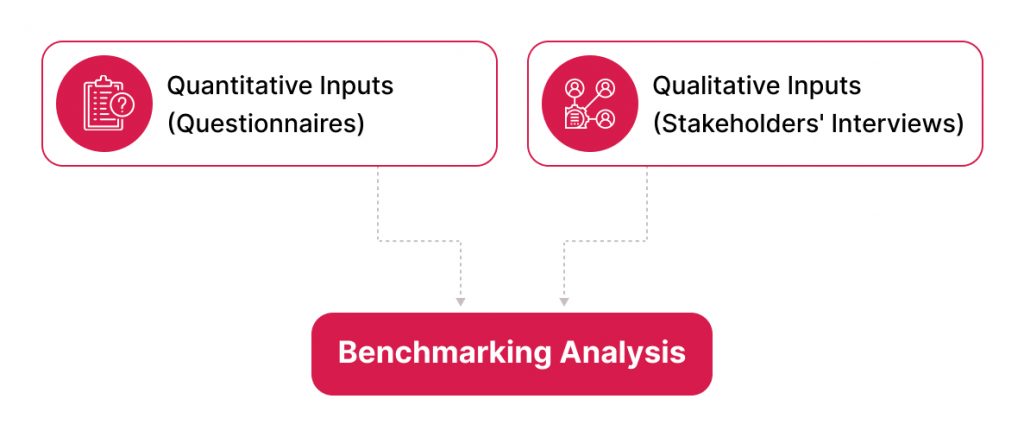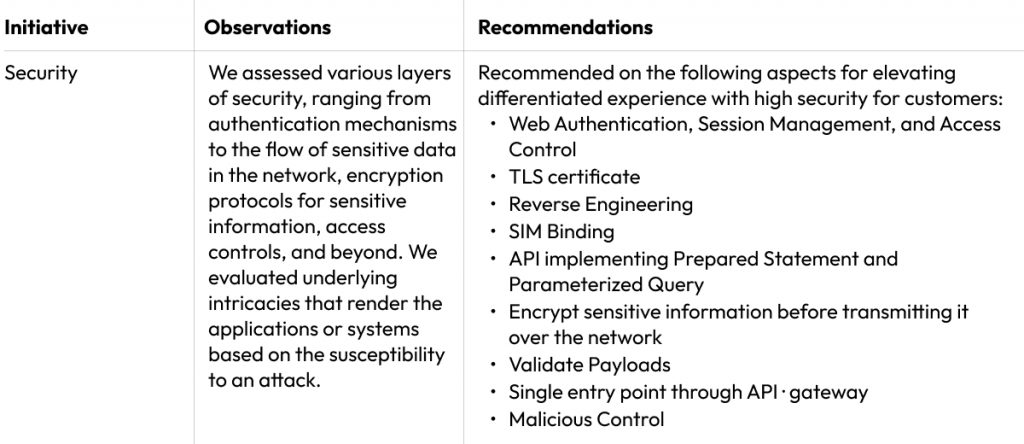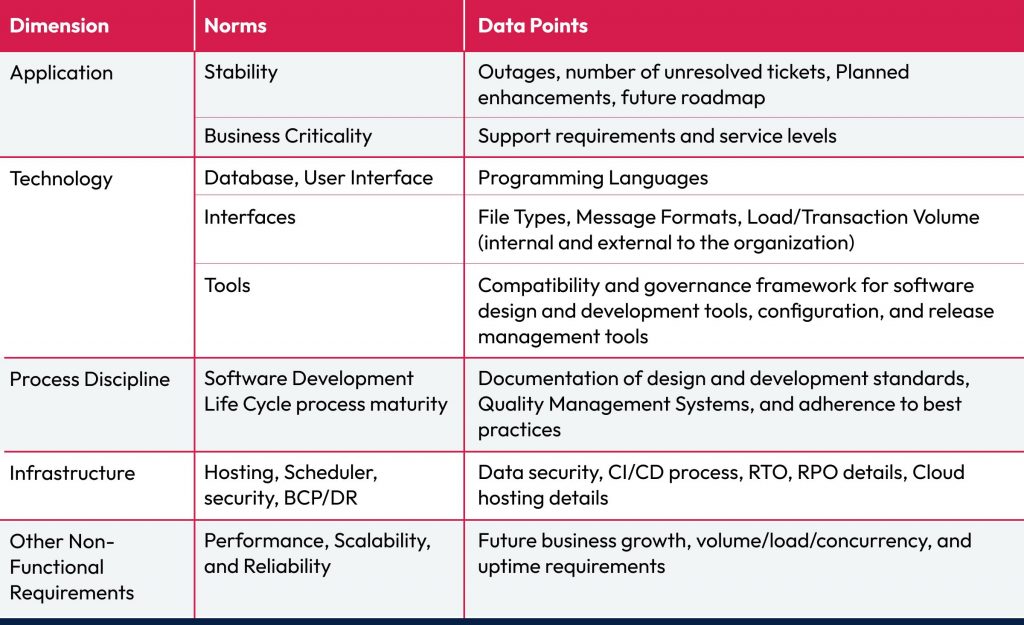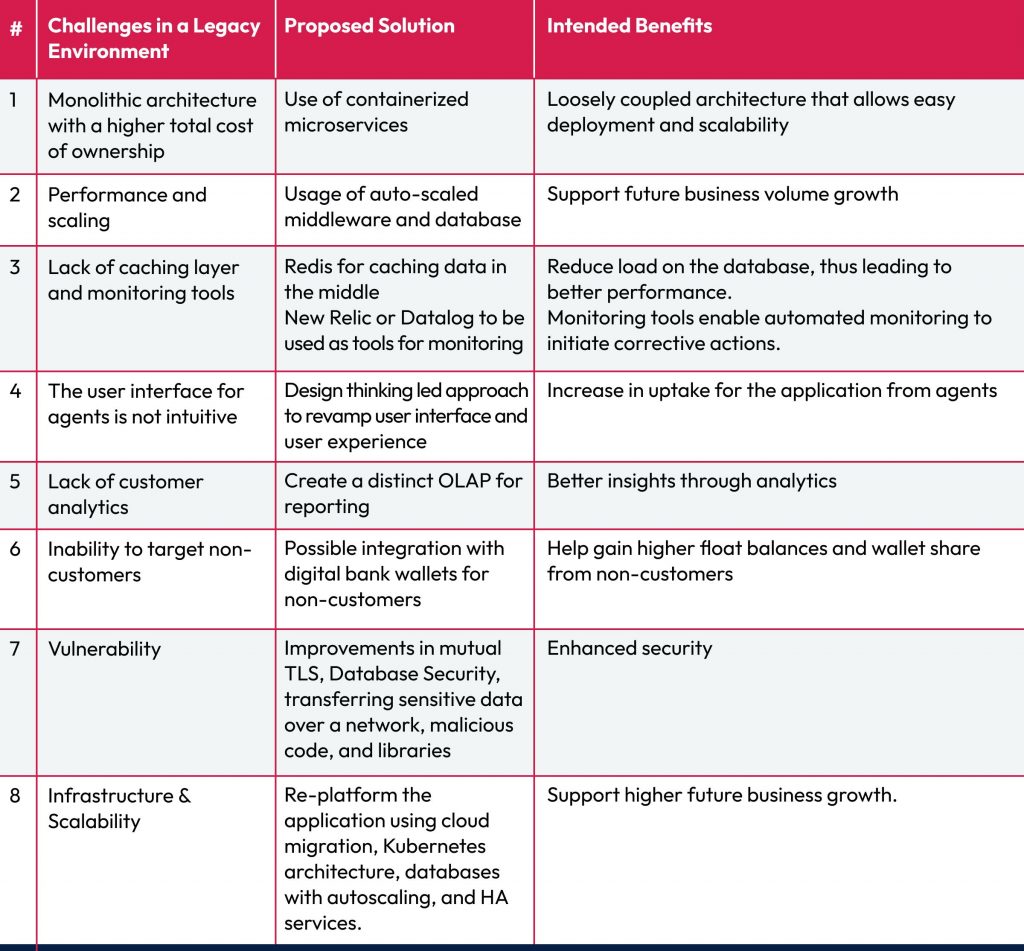As digital banking is evolving at a rapid pace, it continues to be a necessity in the modern financial industry. Almost 78% of Americans opt for banking through mobile apps or websites rather than traditional banking—in-person visits to a bank branch. Customers expect seamless, secure, and user-friendly experiences across various digital platforms they use on a day-to-day basis. Technological integration has led to innovative solutions such as Internet banking, mobile wallets, and mobile digital banking. However, with this evolution comes the need for continuous improvement and optimization. The rapid adoption of digital banking solutions has led financial institutions to constantly seek ways to optimize their technology infrastructure and stay ahead in the competitive landscape.
This is where the technology benchmarking of digital banking platforms comes into play, offering financial institutions a way to measure their performance of the digital banking platforms against industry best practices and identify growth opportunities. Comparing the digital banking platform performance, processes, and outcomes against industry best practices – technology benchmarking – is essential. For digital banking platforms, this means assessing aspects such as current IT applications and services—internet and mobile banking applications, mobile wallet services innovation, remittance system efficiency, security protocols, and overall customer experiences.
Leveraging Technology Benchmarking for Future-proof Digital Banking Solutions
The banking industry is witnessing an influx of disruptive technologies reshaping customer expectations and experiences. From seamless mobile wallet integrations to swift and secure remittance services, customers now demand convenient, user-friendly, and technologically advanced solutions. Banks or financial institutions must leverage digital banking benchmark analysis for technology enhancements to continuously align their offerings with industry-standard practices by addressing shortcomings and adapting their digital banking platforms to deliver superior customer experiences.
Adapting to the evolving landscape also involves understanding the changing regulatory environment by being vigilant of the latest industry standards. Compliance and security are paramount in the digital banking landscape, and digital banking benchmark analysis for technology on a level with industry standards helps banks and financial institutions ensure that their platforms meet stringent requirements and prevent or mitigate risks effectively.
The methodology of the technology benchmarking of digital banking platforms entails analysis of the existing technology landscape with a focus on the following:
- Existing Technology Stack for Scalability and Performance: A comprehensive digital banking benchmark analysis for technology stack can gauge its capacity for scalability and performance in future business needs. The goal is to ensure the platforms can seamlessly handle increasing loads and efficiently cater to growing user bases.
- Service-oriented Architecture: The structural backbone of the architecture of digital banking platforms is scrutinized for its alignment with service-oriented principles. The digital banking benchmark analysis for technology assists in the identification of opportunities for enhancing flexibility and streamlining processes.
- Database Design and Scalability: The digital banking benchmark analysis for technology also involves evaluating the efficacy of the database design with an eye on scalability. By optimizing database structures, digital banking platforms can ensure seamless data management as their operations grow in size.
- Security and Compliance: A paramount consideration in the digital banking benchmark analysis for technology is security and compliance, which entails a rigorous assessment methodology. This dimension involves evaluating the technological measures in place to safeguard sensitive customer data and ensure compliance with the applicable regulations and industry standards. Some key aspects to be considered include encryption protocols, authentication methods, fraud detection, and the platform’s adherence to compliance requirements such as GDPR, PCI DSS, and other regulations.
- Competitor Analysis: A thorough understanding of the competitive landscape is crucial to benchmark digital banking platforms effectively. This involves analyzing key competitors’ market presence, feature gap analysis, technological offerings, and performance. By comparing and contrasting these factors, we can get valuable insights that help fine-tune strategies and differentiate the platform in a crowded market.
- Innovation and Future-readiness: This aspect requires evaluating the digital banking platforms’ capacity for innovation and future readiness. Benchmarking evaluation for this dimension involves advancements in user experience, integration of emerging technologies (e.g., AI, blockchain), agility in adopting advancements, and the ability to meet evolving customer needs and expectations.
- Customer Support and Engagement: A well-functioning digital banking platform enables seamless transactions and prioritizes customer support and engagement. The digital banking benchmark analysis assess the efficiency and responsiveness of customer support systems, including the availability of multiple support channels, response times, issue resolution rates, and personalization. On the personalization front, specific features like spend analysis (which helps customers track and manage their expenses) and associated service recommendations (offering tailored suggestions based on a user’s financial behavior) enhance customer engagement.
Robosoft’s Approach to Digital Banking Benchmark Analysis for Technology
At the core of our approach to the technology benchmarking of digital banking platforms lies the meticulous definition of scope, gathering insights, and providing actionable recommendations. We collaborate closely with our clients to understand their goals and ensure the digital banking benchmark process aligns with their strategic vision. We delve deep into understanding the unique identity of digital banking platform, their customer base, and their expectations.
Our process for evaluating technology benchmarks entails gathering quantitative data via questionnaires and qualitative inputs from key technology stakeholders via stakeholder interviews. By utilizing this approach, we gather essential insights that serve as the bedrock of our digital banking benchmark analysis. We comprehensively analyze the technological facets and operational complexities to view the existing ecosystem against the industry’s best practices. This perspective allows us to provide valuable observations and benchmarking recommendations that empower our clients to make well-informed decisions.

For one of our clients with the requirement of technology benchmarking for digital banking platforms, our methodology involved these facets:
- Assessing Technology Stack for Scalability and Performance
- Architecture and Infrastructure Scalability Assessment
- Database Design Assessment
- Benchmarking Analysis for Security
Assessing Technology Stack for Scalability and Performance
We assessed the technology readiness of the existing IT applications to support the financial services businesses’ long-run scalability and ensure alignment of IT to business strategies. This involved benchmarking the current products or services (online banking, mobile digital banking, and mobile wallets) and the technology landscape against competitors in targeted geographies. Also, the assessment included determining the future roadmap in terms of the technology stack for the remittance application.
Remittance Application: Observations & Recommendations

Digital Banking Suite (Mobile Wallet, Online and Mobile Digital Banking): Observations & Recommendations

Benchmarking Analysis for Architecture and Infrastructure Scalability
At this stage, our digital banking benchmark analysis process involved a holistic assessment of the current architecture and infrastructure for remittance application, mobile digital wallets, and digital banking. Through this evaluation, we focused on understanding the performance benchmarks exhibited by these systems and applications, enabling us to identify potential areas for enhancement and optimization.
Remittance Application: Observations & Recommendations

Digital Banking Suite (Mobile Wallet, Online and Mobile Digital Banking): Observations & Recommendations

Database Design Assessment
We conducted digital banking benchmark analysis to measure the database design within the technological framework for digital banking platforms. Our assessment involved the industry’s best practices by comprehensively exploring various facets that collectively define the structure and efficiency of the existing database design.
We assessed the key aspects such as indexing strategies, query optimization, archive database, partitioning of tables, and database design revamp suitable for microservices. We could gauge the database’s responsiveness, reliability, and overall performance by focusing on these components.
Remittance Application, Mobile Wallet, Online and Mobile Digital Banking: Observations & Recommendations

Benchmarking Assessment for Security
At this stage, our digital banking benchmark assessment for security aspects involved the evaluation of the vulnerabilities or risks of the applications with severity classification for each vulnerability. We conducted the digital banking benchmark analysis to examine the security aspects and pinpoint potential vulnerabilities that could be exploited in the form of attacks, breaches, or unauthorized access attempts.
In this process, we ensured the safety and security of the systems and applications. We utilized industry best practices to assess and fortify our systems against potential threats, upholding high security and safeguarding sensitive data, financial transactions, and user information.
Remittance Application, Mobile Wallet, Online and Mobile Digital Banking: Observations & Recommendations

Wrapping Up
The digital banking industry is constantly changing and characterized by disruption. To keep up, financial institutions need to implement the best practices for the technology benchmarking of digital banking platforms. This allows them to transcend conventional boundaries, innovate, and achieve excellence in digital banking.
Financial institutions can use digital banking benchmark analysis for technology enhancements of their digital banking platforms to create solutions that meet current customer expectations while also being resilient and adaptable to future disruptions. This approach ensures that the platforms are future-proof and can continue to provide quality service to their customers.










